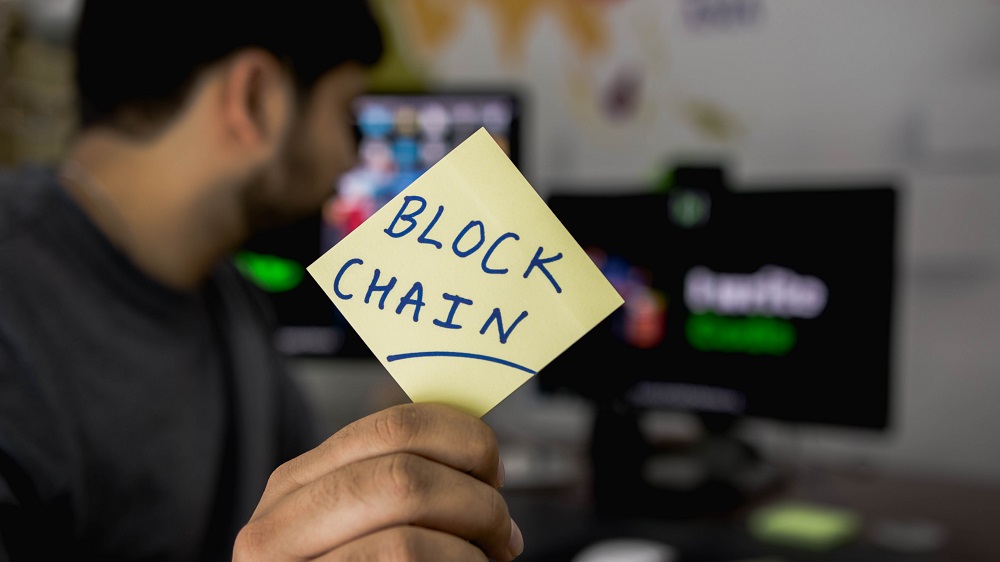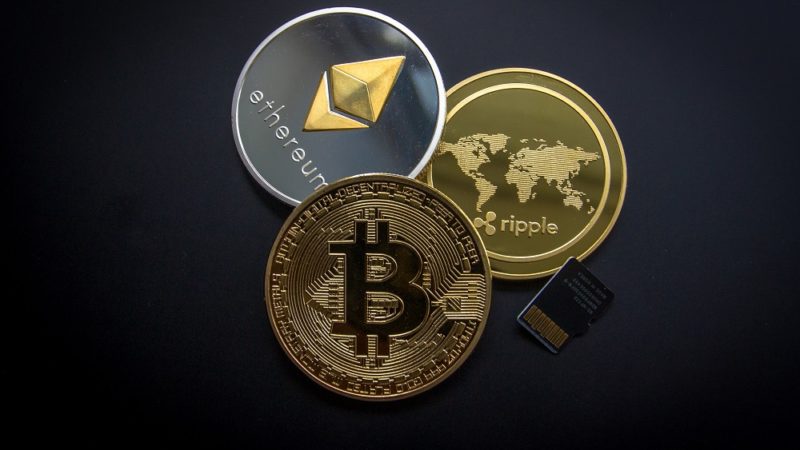Why Should You Start Using a Blockchain?

As the applications of the invention have been understood, a specific hype has sprung up about the blockchain technology.
This is, perhaps, as it is so convenient to imagine high-level uses. But, the technology has also been carefully monitored: millions of dollars have been expensed to research for the blockchain technology over the past few years, and several tests for whether or not blockchain technology is favorable in different scenarios have been conducted.
Blockchain technology provides new tools for verification and authorization in the crypto world that precludes the requirement for many centralized administrators. As an outcome, it facilitates the generation of new digital relationships.
By formalizing and protecting new digital relationships, the blockchain innovation is posed to produce the base for a layer of the internet for transactions as well as interactions of value (often known as the ‘Internet of Value’, contrary to the ‘Internet of Information’ that uses the client-server, master copy databases, and accounts we’ve been opting for over the last 20 years.)
But, with all the discussion of building the digital base for a new transactional layer to the internet, some of the times, blockchains, individual cryptographic keys, and cryptocurrencies are just not the appropriate way to opt.
A lot of groups have made flowcharts to help a person or entity to decide in between a blockchain/master copy, or a client-server database. The following points are a distillation what has been done previously:
Is the information dynamic enabling an auditable history?
Paper can be inconvenient to counterfeit because of the intricacy of physical seals. Similar to etch something in stone, paper documents have specific permanence.
But, if the information is in constant flux if transactions are being accomplished regularly and frequently, then using paper as a medium may not be capable of keeping the system of record. Manual data entry also has some limitations.
So, if the information and its history are essential for the digital relationships they are helping to create, then blockchains provide a flexible capacity by facilitating several parties to write new entries into a system of record, i.e., also held by different custodians.
Should a central authority access the information?
There are many reasons why a third-party should be in charge of some verification as well as authorizations. There are times when third-party access is entirely appropriate. If the privacy of the information is the most important consideration, there are many ways to protect data by not even connecting it to a network system.
But if already existing IT infrastructure enabling accounts and log-ins is not enough for the protection of digital identity, then the issue might get solved by blockchain technology.
Private key cryptography facilitates push transactions that don’t need centralized systems, and the described accounts used to accomplish digital relationships. If this database needs millions of dollars to protect lightweight financial transactions, then there is a chance that blockchain is the solution.
Is the transaction’s speed the most vital consideration?
If high performance, super-fast transactions are what is needed, then it’s the most convenient way to stick with a conventional centralized system. Blockchains functioning as databases are slow, and there is a specific cost to store the data and to process every block in a chain. Centralized data systems dependent on the client-server model are quicker and comparatively inexpensive for now.
In simple words, while we still don’t know the most considerable extent of possibilities of blockchains, we can say that the uses that have passed inspection have been about maintaining and protecting digital relationships as a section of a system of record.






